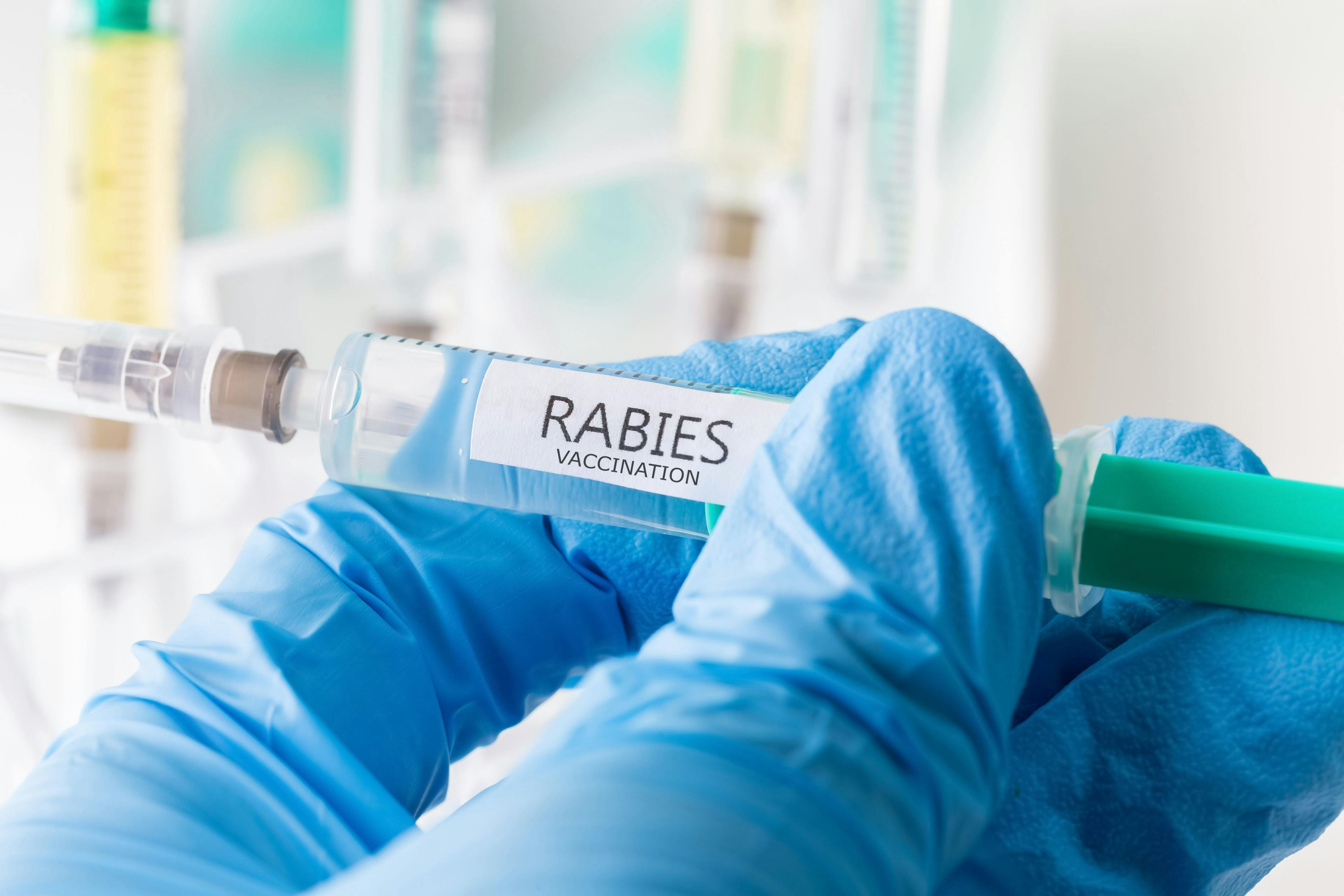3 must-haves in veterinary design
These three people will make or break a project to renovate, remodel or build a new veterinary hospital. Increase your chances for success by getting the right folks to work right together.
New Africa / stock.adobe.com

A strong core team is critical to the success of any veterinary hospital design project. Here are the three key players, what each must bring and some criteria for selecting them.
Lord Lender
The lender in veterinary projects is a crucial team member for success. Many lenders, particularly local banks, aggressively pursue the veterinary expansion based on a current business banking relationship. These collateral-based lenders require appraisals with “comps” of recent similar projects to gain board approval. Unfortunately, these “comps”—recent, comparable-quality veterinary projects—are rarely available, so lower-quality general office buildings are substituted to compare.
These lower-value buildings result in appraisal failure, requiring the veterinarian to inject additional (unavailable) cash to make up the deficit. The veterinarian must seek alternative financing, resulting at a minimum in lost months to find a replacement, and at worst added expense or abandonment of the project altogether.
What’s an alternative? Many of our clients have found success with veterinary-specific lenders, often found as exhibitors at veterinary conferences and trade shows. These lenders base their decisions on a cash flow model, evaluating your business ability and growth to pay the debt as opposed to selling your building when you fail as local lenders do. Their experience with veterinary businesses and buildings leads to successful appraisals. They also commit to financing approval much sooner in the process and can often distribute draws for land and soft costs early in the process that would be unavailable with asset-based lenders, preserving your cash assets for business needs.
Architect Ace
Whatever architect you choose should understand the nuances of veterinary medicine. Knowledge of productivity metrics, staffing complexities and workflow protocols is just as important as veterinary design trends, materials and construction costs.
In addition to design, an architect can help select and coordinate a team of mechanical and electrical engineers to design veterinary-specific solutions critical to thermal comfort, patient and staff health, and acoustic and odor control as well as balanced lighting systems and efficient energy consumption. Any weaknesses in this team can result in poor performance in any of these areas.
An experienced architect can also balance design selections with budget concerns. Every project, regardless of size, has a tolerable budget limit, and it’s relatively easy to design an over-budget project. Only the best teams are able to maintain that performance/budget balance.
King Contractor
Many projects use competitive bidding when selecting contractors. Our preference—at least on renovations—has been to negotiate with a single contractor as early in the process as possible. Following an interview/vetting process, we work with the practice owner to identify the most comfortable and competent fit. We then bring in that contractor to weigh in on design issues and their effect on budget, schedule and performance. Our main concern is not on how much we can be “under budget,” but an assurance that our project will be “in budget.” A contractor should be fully vested in our success in schedule, quality and budget.
At each stage of the design process, from initial floor plans to complex permit drawings and engineering system designs, we want the contractor’s buy-in. Why? After the project is done, the contractor will be largely responsible for any adjustments that will inevitably be required for final satisfaction. All too often, as a project moves along, the architect and practice owner can develop an adversarial relationship with the contractor. If we can eliminate this, we have a much higher probability for success.
Get three design team members right, and you’ll have the best chance to wind up with a design project that meets the functional and economic goals of the practice, the established budget constraints and financing considerations.
Wayne Usiak, AIA, is a senior partner of animal facility design firm BDA Architecture based in Albuquerque, New Mexico.















